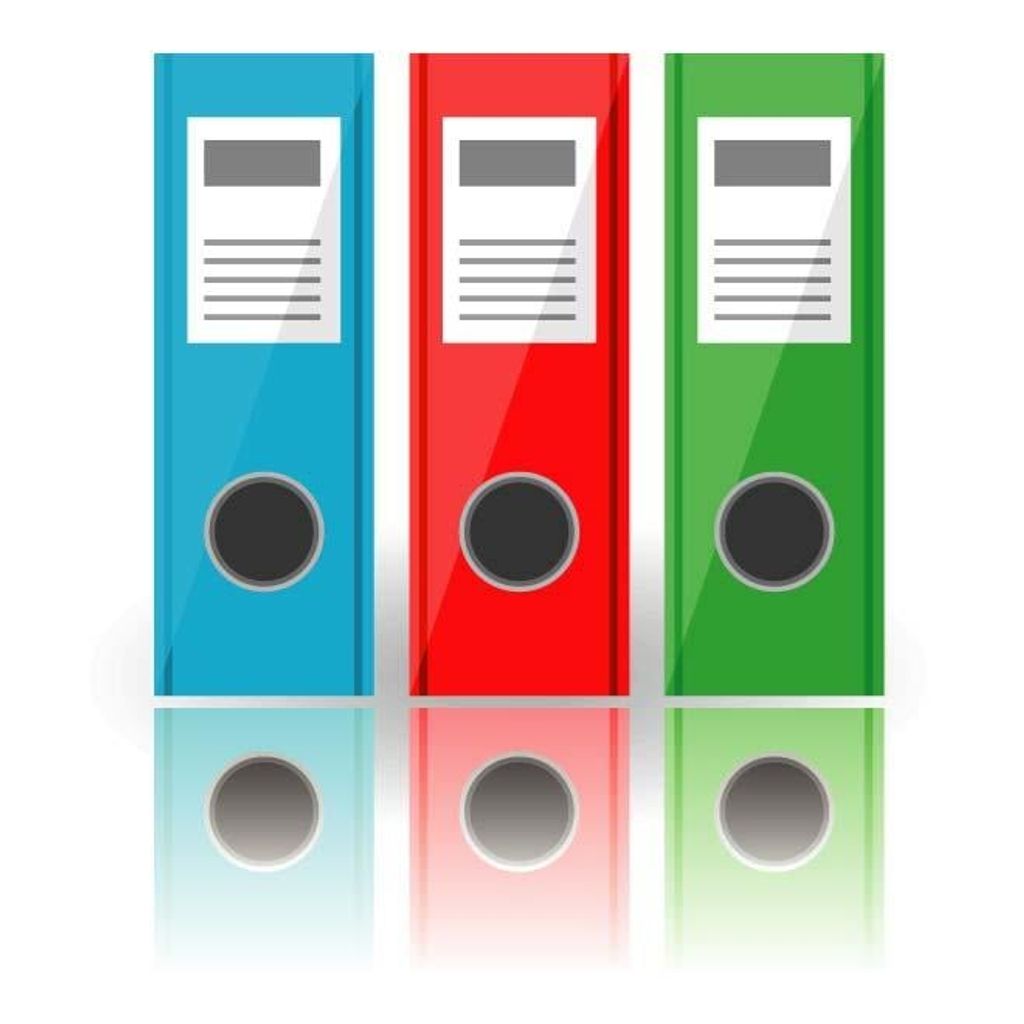
In today's digital age, email has become an essential tool for freelance consultants to communicate with clients, collaborate with team members, and manage project-related information. However, without proper organization, the influx of emails can quickly become overwhelming and lead to inefficiency. Streamlining your email organization is crucial for maintaining productivity and ensuring that important messages don't get lost in the shuffle. This article will explore the importance of email organization for freelance consultants and provide practical tips and strategies for streamlining your email workflow.

Streamlining your email workflow can provide several benefits for freelance consultants:
Tip: Implement a clear folder structure and use labels and filters to automate the organization process. This will help you easily locate and prioritize emails.
Managing a large volume of emails can be overwhelming, especially for freelance consultants who often receive numerous messages from multiple clients and projects. Some common challenges in email organization include:
Email overload: Freelancers often receive a high volume of emails, making it difficult to keep track of important messages and prioritize tasks.
Lack of a centralized system: Without a proper email organization system, important emails can get lost in the clutter, leading to missed deadlines and miscommunication.
Difficulty in finding specific emails: Searching for specific emails can be time-consuming and frustrating, especially when dealing with a large number of messages.
To overcome these challenges, freelance consultants can implement effective email management strategies and utilize the right tools to streamline their workflow.
When it comes to choosing the right email management tools, there are several factors to consider. Functionality is key, as you want a tool that can handle your specific needs and requirements. It's also important to consider integration with other tools and platforms you use, such as project management software or customer relationship management (CRM) systems. Additionally, user-friendliness is crucial, as you want a tool that is intuitive and easy to navigate. Lastly, security should be a top priority, especially when dealing with sensitive client information. Make sure the tool you choose has robust security measures in place to protect your data.

One effective way to organize your emails as a freelance consultant is by grouping them based on projects or clients. This allows you to easily locate and manage all the relevant emails related to a specific project or client. By creating separate folders or labels for each project or client, you can keep your inbox clutter-free and ensure that important emails are not overlooked.
Additionally, using labels and filters can automate the organization process. You can set up rules to automatically assign labels or move emails to specific folders based on criteria such as sender, subject, or keywords. This saves you time and effort in manually sorting through emails.
Implementing a clear naming convention for your email folders or labels is also crucial. By using consistent and descriptive names, you can quickly identify the purpose of each folder and easily navigate through your email organization system.
Labels and filters are powerful tools that can greatly enhance your email organization. By assigning labels to specific emails or conversations, you can easily categorize and group related messages. Filters, on the other hand, allow you to automatically apply labels, archive, delete, or forward emails based on specific criteria. Here are some tips for effectively using labels and filters:
Using labels and filters can save you time and help you maintain a clutter-free inbox. Take advantage of these features to streamline your email organization process.
When it comes to organizing your emails, implementing a clear naming convention is crucial. A naming convention is a consistent way of naming your email folders and subfolders, making it easier to locate and categorize emails. Here are some tips for creating an effective naming convention:
By implementing a clear naming convention, you can streamline your email organization and improve your overall productivity.

Setting email notification preferences is crucial for maintaining focus and productivity. By customizing your email notifications, you can ensure that you are only alerted to important messages and avoid unnecessary distractions. Here are some tips for optimizing your email notification settings:
By fine-tuning your email notification preferences, you can create a more efficient workflow and stay on top of your important messages without being overwhelmed by constant alerts.
Establishing email response timeframes is crucial for maintaining effective communication with clients and colleagues. By setting clear expectations for when you will respond to emails, you can ensure that important messages are addressed in a timely manner. Here are some tips for establishing email response timeframes:
Establishing email response timeframes is an important aspect of email organization that can contribute to your overall productivity and professionalism.
When it comes to managing your email workflow as a freelance consultant, prioritization is key. Here are some strategies to help you prioritize your emails and maintain an efficient workflow:
Flagging important emails: Use the flagging feature in your email client to mark emails that require immediate attention or follow-up. This will help you quickly identify and address high-priority messages.
Creating email filters: Set up filters to automatically sort incoming emails based on specific criteria, such as sender, subject, or keywords. This can help you separate important emails from less urgent ones and ensure you don't miss any critical messages.
Setting email response timeframes: Establish clear guidelines for responding to emails, both for yourself and your clients. This can help you manage expectations and avoid unnecessary delays in communication.
Using email templates: Create pre-written email templates for common inquiries or requests. This can save you time and ensure consistency in your responses.
Remember, effective email prioritization is about finding a balance between responsiveness and productivity. By implementing these strategies, you can stay on top of your inbox and focus on the most important tasks at hand.

When it comes to finding specific emails in your inbox, advanced search techniques can be incredibly helpful. By using specific search operators and filters, you can narrow down your search and quickly locate the emails you need. Here are some tips for optimizing your email search:
Tip: Save commonly used search queries as saved searches to quickly access them in the future.
With these advanced search techniques, you can save time and easily find important emails in your inbox.
Creating saved searches and smart folders can greatly enhance your email organization and retrieval process. By setting up specific search criteria, you can quickly find emails that meet certain conditions without manually sorting through your entire inbox. Smart folders automatically collect emails based on predefined rules, making it easier to keep track of important messages.
Implementing saved searches and smart folders can help you:
Tip: Use descriptive names for your saved searches and smart folders to easily identify their purpose and contents.
Archiving and deleting emails is an essential part of maintaining an organized inbox. By archiving emails, you can remove them from your main inbox while still keeping them accessible for future reference. This helps to declutter your inbox and makes it easier to find important emails when needed. On the other hand, deleting emails permanently removes them from your inbox, freeing up storage space and reducing clutter. It's important to carefully consider which emails to archive and which ones to delete, based on their importance and relevance to your work.
In conclusion, streamlining your email organization as a freelance consultant is crucial for maximizing productivity and efficiency. By implementing effective strategies such as email filters and folder organization, you can reduce clutter, prioritize important messages, and ensure timely responses. Additionally, utilizing email management tools and setting clear boundaries for checking and responding to emails can help maintain a healthy work-life balance. Remember, a well-organized email system not only saves time but also enhances your professional image and client relationships. So, take the time to optimize your email organization and reap the benefits of a streamlined workflow.
Email organization can benefit freelance consultants by improving productivity, reducing stress, and ensuring important emails are not missed. With a streamlined email workflow, consultants can easily find and prioritize emails, stay organized, and provide timely responses to clients.
Some common challenges in email organization for freelance consultants include managing a large volume of emails, dealing with spam and irrelevant messages, keeping track of multiple projects and clients, and finding a balance between responding to emails and focusing on billable work.
There are several recommended email management tools for freelance consultants, including Gmail, Outlook, and Thunderbird. These tools offer features such as filters, labels, and search capabilities that can help streamline email organization and improve productivity.
Freelance consultants can organize emails by creating separate folders or labels for each project or client. This allows for easy access to project-specific or client-specific emails and helps keep the inbox organized. It is also helpful to use a consistent naming convention for the folders or labels.
Freelance consultants can use labels and filters to automatically categorize and organize incoming emails. Labels can be applied to emails based on criteria such as sender, subject, or keywords, while filters can be set up to automatically move emails to specific folders or apply labels. This automation saves time and ensures emails are sorted correctly.
Setting email notification preferences is important for freelance consultants to avoid distractions and maintain focus. By customizing notification settings, consultants can choose when and how they receive email alerts, allowing them to allocate dedicated time for email management and prioritize their work effectively.